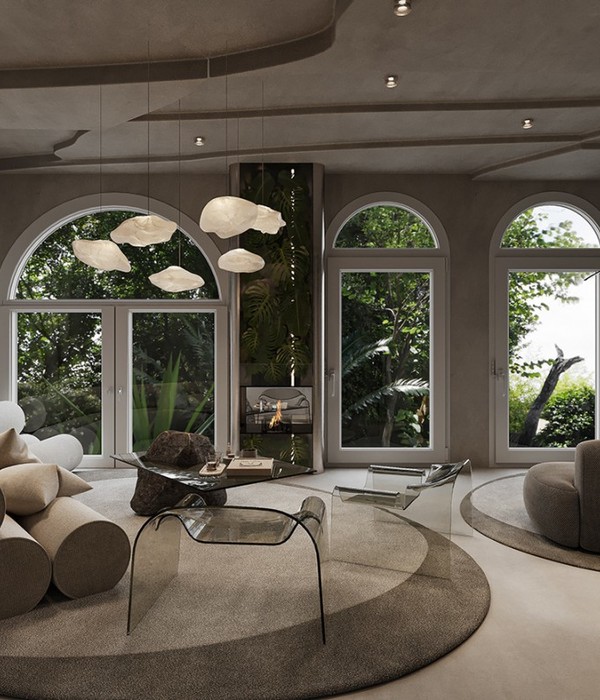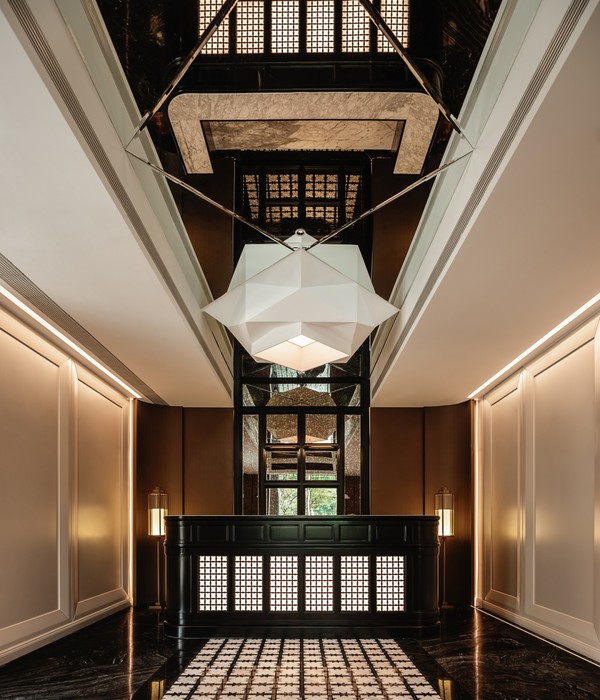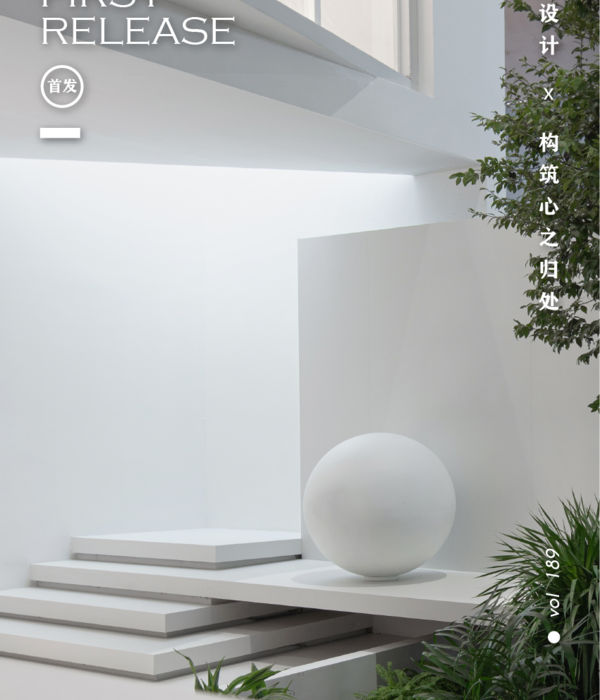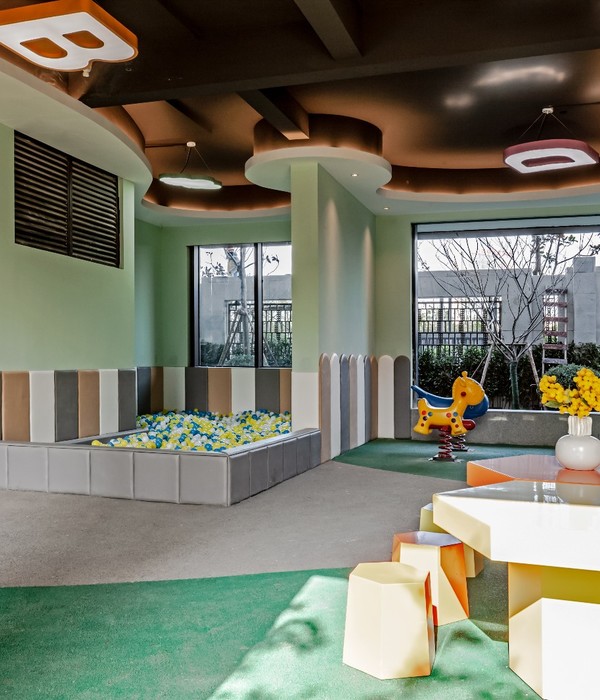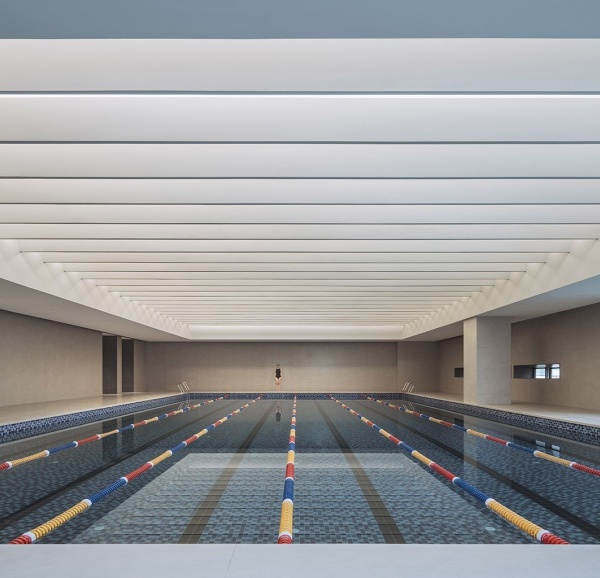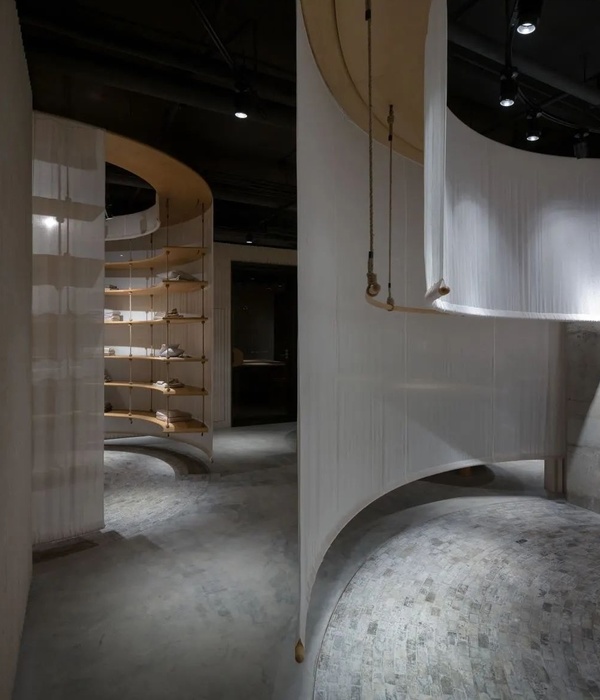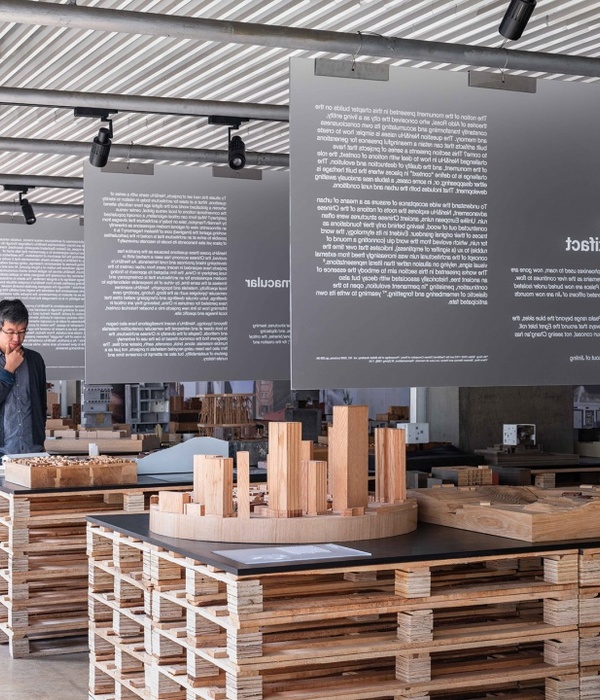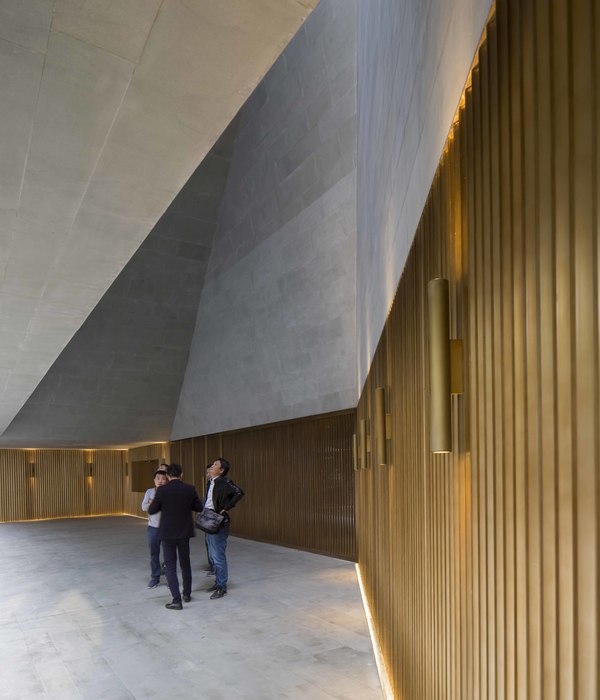When a new airport for the capital was announced, it was a source of great enthusiasm for the people of Arunachal Pradesh. As a historically landlocked region that evolved in relative isolation until recently, the airport will play an integral role in connecting this territory to the outside world. Known for its rich cultural diversity, numerous tribes and sub-tribes, each with their distinctive mythology, customs, and art, call this place home.
Arunachal Pradesh also holds the distinction of being a well-known biodiversity hotspot, where thousands of species of animals, plants, and insects are found, many of them endemic to the region. Bamboo holds a special place in this culture, and countless species of bamboo and cane have been identified here. Traditional homes in Arunachal Pradesh are still built with bamboo, and it is used extensively in all aspects of life. As the wings span across the entry and exit roads, the gate is designed as a double-headed Great Hornbill so that the people entering the airport, as well as entering the state, are greeted by this great and majestic bird. Covering an area of 2500 sq ft, the structure is comprised of 26 interlocking arches that span a width of 38 feet on each side and attain a height of 25 feet to create the form of the Great Hornbill. This remarkable project has been heralded by the Indian media as the largest public structure in India made of natural materials.
Aroty Panyang, the lead architect, who is also from the same region, had the following to say regarding the project: When our company was approached to design and build the gate for the airport, we were very excited about the opportunity. It gave us a great sense of pride to develop such a landmark project for our people. As airports represent flight and the first airplanes were inspired by the flight of birds, we wanted to integrate this aspect into the design.
For our inspiration, we chose the Great Hornbill - a unique bird with very distinct features and the state bird of Arunachal Pradesh. All aspects of the Great Hornbill were studied – the features, the form, and the flight. Some of the most striking characteristics were the beak and how majestic it is to the size of the body and the bird’s immense wingspan. These features were incorporated into the gate design. By highlighting this beautiful bird through the project, we hope to contribute to its protection and the protection of other endangered species around the world.
In addition, by building such a large modern structure with bamboo and cane, we hoped to redefine the utility of materials such as these for traditional communities in the region. As the world adopts increasingly more and more modern-day materials such as concrete and steel in construction, it is also an observable trend here. In a place that has such a deep tradition with bamboo, one of the most sustainable materials on the planet, we hope that this gate will help rekindle the relationship for its people as well.
{{item.text_origin}}


